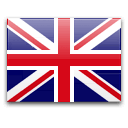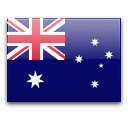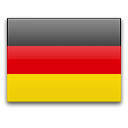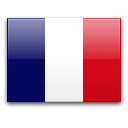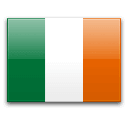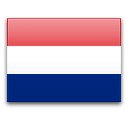Clean Environment
A cleanroom is an environment where the ingress (or escape) of airborne particulates is strictly controlled to prevent contamination.
Suitable luminaires need to be selected with care.
The objective is usually to prevent particles from entering the room, but in some cases (e.g. research labs working with toxins or viruses) the objective is to prevent particles inside the room from escaping.
Areas
Cleanroom Classification
International (ISO) and US standards exist for Cleanrooms.
- ISO BS EN 14644-1 class 2-8
- US 209D class 1-100,00
Both standards are based on particle size, and the density of particles in air delivered to the room through ventilation systems.
Particle Ratings
The standard unit of measurement is a half micron particle. (For comparison, the diameter of a human hair in cross-section is 125 microns, and a bacterium is approximately 12 microns).
US standard US 209D Class 1 (ISO BS EN 14644 Class 3 equivalent) permits 1 half-micron particle per cubic foot of air delivered into the room.
At the other end of the scale Class 100,000 (ISO BS EN 14644 Class 8 equivalent) permits 100,000 half-micron particles per cubic foot of air delivered into the room.
Different applications also place different limits on particle size. Micro-electronics have the highest standards, and are concerned about 0.1 micron particles.
| ISO BS EN 14644 | US 209D |
|---|---|
| 2 | |
| 3 | 1 |
| 4 | 10 |
| 5 | 100 |
| 6 | 1,000 |
| 7 | 10,000 |
| 8 | 100,000 |
Luminaire Classification
The cleanroom classification will specify the minimum IP rating for the luminaires to be used in the environment.
Ratings are specified for both the front and the back of the luminaire. Therefore the method of installation and wiring must be considered carefully to ensure the IP rating to the rear of the luminaire is maintained.
In ISO BS EN 14644 classes 2, 3 & 4 the operator does not enter the clean space because these are exclusively containment cabinets, where the operator uses robot arms or sealed glove inserts in the side of the cabinet.
| ISO BS EN 1644 | US 209D | IP rating to room | IP rating to back |
|---|---|---|---|
| 2 | |||
| 3 | 1 | IP65 | IP65 |
| 4 | 10 | IP65 | IP65 |
| 5 | 100 | IP65 | IP65 |
| 6 | 1,000 | IP65 | IP54 |
| 7 | 10,000 | IP65 | IP54 |
| 8 | 100,000 | IP65 | IP54 |
IP Ratings
IP ratings are defined by the international standard EN 60529 (BS EN 60529:1992). The objective is to determine the effectiveness of sealing against intrusion from foreign bodies for all types of electrical enclosures.
The IP rating consists of two numbers. The first relates to solid objects and the second to liquids. The higher the number, the higher the level of protection.
This standard also specifies the testing methodology that must be used.
| First number (Solid objects) | Definition | Second number (Liquids) | Definition |
|---|---|---|---|
| 0 | No protection | 0 | No protection |
| 1 | Protected against solid objects over 50mm (e.g. accidental touch by hands) | 1 | Protected against vertical falling drops of water |
| 2 | Protected against solid objects over 12mm (e.g. fingers) | 2 | Protected against direct sprays up to 15° from the vertical |
| 3 | Protected against solid objects over 2.5mm (e.g. tools and wires) | 3 | Protected against direct sprays up to 60° from the vertical |
| 4 | Protected against solid objects over 1mm (e.g. tools, wires and small wires) | 4 | Protected against sprays from all directions - limited ingress permitted |
| 5 | Protected against dust - limited ingress (no harmful deposit) | 5 | Protected against low pressure jets of water from all directions - limited ingress permitted |
| 6 | Totally protected against dust | 6 | Protected against strong jets of water e.g. for use on ship decks - limited ingress permitted |
| 7 | Protected against the effects of temporary immersion between 15 cm and 1 m. Durations test 30 minutes | ||
| 8 | Protected against long periods of immersion under pressure | ||
| 9 | Protected against high pressure water/steam cleaning |
Choice of Luminaire
Recessed luminaires for cleanrooms must be sealed into the ceiling with an IP65 cover. However when the cover is removed for maintenance, a route is created for particles to enter the room. Therefore specialist cleanroom luminaires have a sealed enclosure to the back of the luminaire.
Rear-access luminaires are maintained from the void above so that the seal to the room is not disturbed. Sometimes a walk-on ceiling is installed so that all services can be maintained from above, and in this scenario load-bearing luminaires should be used.
The Tau satisfies the requirements of US209D class 1000, ISO BS EN 14664-1 class 6, rated IP65 below the ceiling, and IP54 above.
Luminaires with a higher rear IP rating and rear-access/load-bearing luminaires can be supplied to special order. Please contact your local Sales Engineer or the Sales Office for details.
